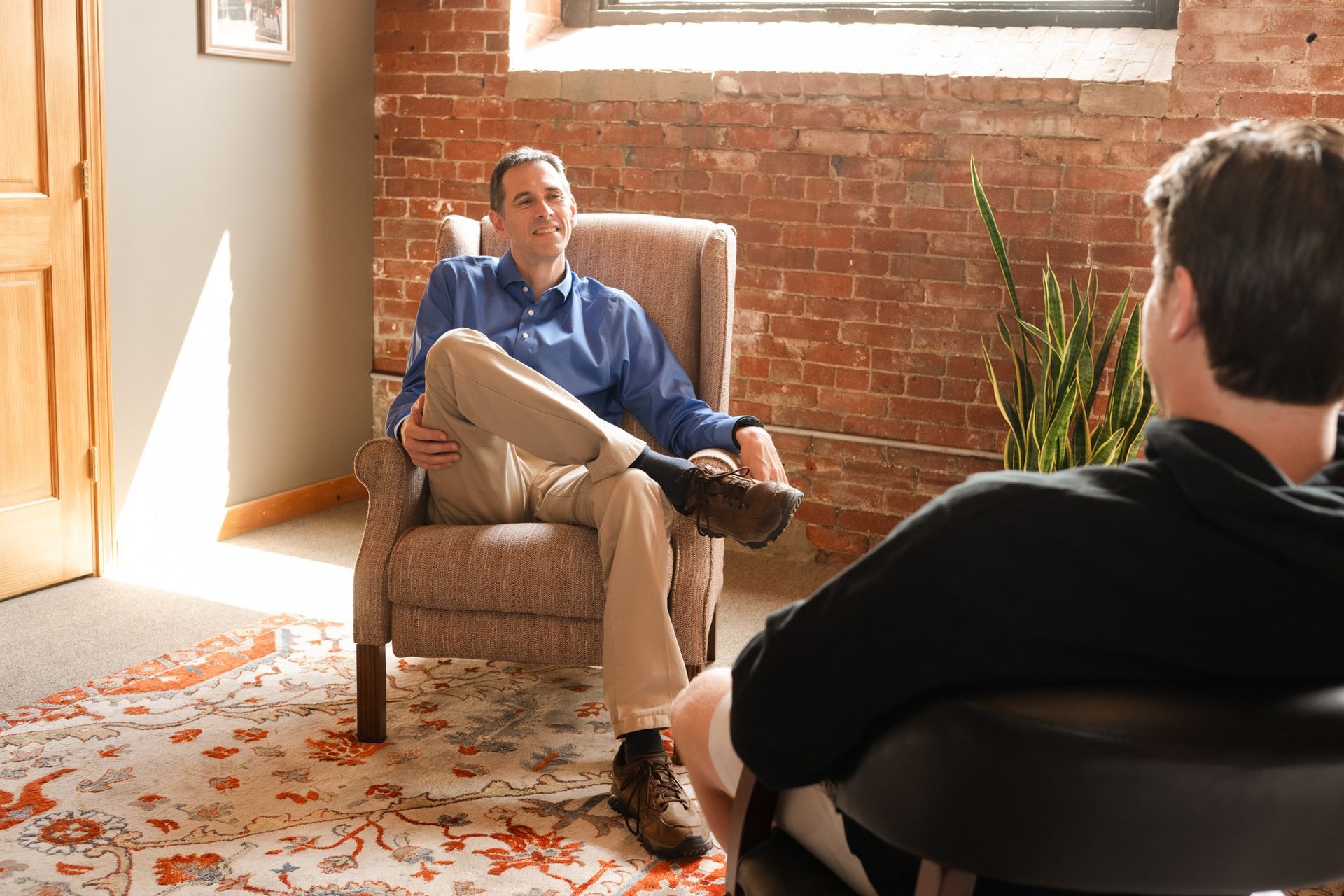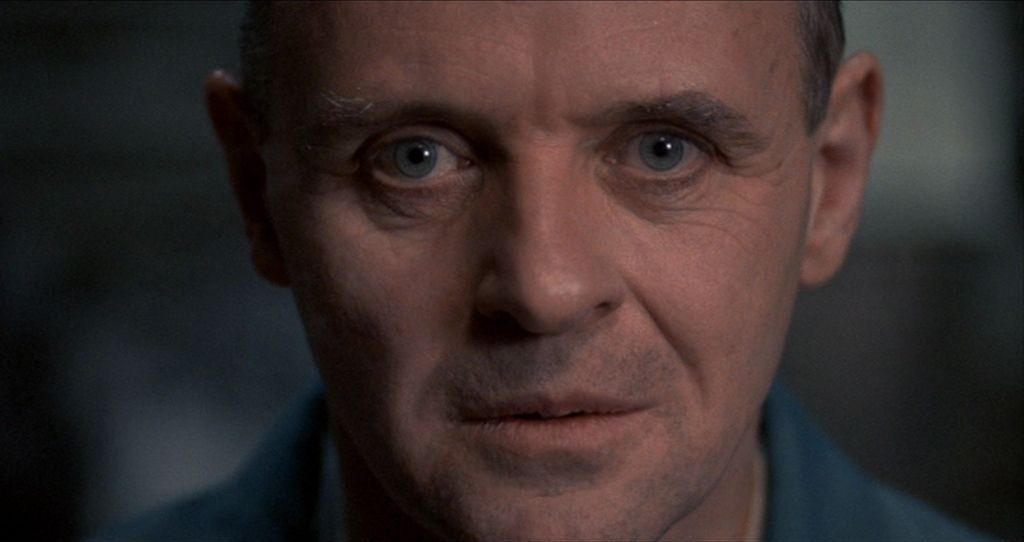"Should I Lock Up The Sharps?"
Given what we know about Sarah, it sounds like the cutting has been superficial, and she likely falls into the first category. But keep both those categories in mind, as I’ll return to them later.
Let’s say mom decides to go with the “lock-up-the-sharps” approach. She takes all the knives from the silverware drawer, the scissors from the desk in the office, and the shaving razors out of the bathroom. She puts them into a cabinet and locks it up. She only gives them to Sarah when she can supervise their use, and then promptly locks them up afterward again. Let’s also assume, for the sake of argument, that Sarah isn’t a great lockpick. She can’t use those sharp objects to cut herself again.
Less access to sharps equals less chance of cutting again, so the thinking goes. Pretty simple and straightforward. But there are a few problems with this conventional advice that I'd like to raise.
What about securing medications, firearms, and more?
Before we get too far, it's important to make a distinction between "locking up the sharps," and securing firearms and medications. These are two (fairly) common household items that parents also ask me about.
Securing medication in the homes of struggling teens is a different story, and
I believe it has to be done. Medications are used for only two things: medical treatment, and intentional overdose. Medical treatment needs to be supervised by parent. Impulsive overdose, in my experience, is much more dangerous than impulsive cutting. And, I would hope I wouldn’t have to say this, but
firearms should
always
be locked up.
A Few Potential Problems With "Locking Up The Sharps"
Now let’s look at some of the problems with the “lock-up-the-sharps” approach, which may not be so obvious:
It’s hard to lock up all of the sharp items at home.
Things that are sharp are everywhere in our daily lives, often hiding in plain sight. It's not just the obvious dangers like knives and razors; there are countless other sharp objects lurking around us. Consider pencils with freshly sharpened points, shards of glass from broken bottles, jagged edges of tin from broken cans, and the fine tips of pins that can easily prick the skin.
With so many potential hazards, it becomes a nearly impossible task to keep all of these sharp items out of someone like Sarah's hands, as they seem to be a constant presence in her environment. Each day presents new challenges in preventing accidents and ensuring her safety amidst this array of sharp objects.
It may set up (or worsen) a power struggle.
Many teenagers – and maybe Sarah is one of them -- like to fight. It’s part of what teenagers do. One can easily imagine the following scenario: mom locks up the sharps; Sarah brings home broken glass she found on the street; mom takes broken glass; Sarah brings in razor blade from pencil sharpener at school; mom takes razor blade; Sarah smuggles in scissors and hides them under her bed; mom starts conducting regular room searches; and so on.
The power struggle between Sarah and her mom isn’t just a pain in the butt.
It’s going to get in the way of their relationship. It’s going to negatively impact the chance of any kind of cooperative effort to solve whatever the
real because the two are getting distracted by a sharps war.
It gives the message that he/she can’t control their own actions.
Locking away sharps is essentially telling Sarah that she is
incapable of managing her own behavior. Worse, it suggests to her that keeping from cutting is her
mother’s responsibility, not her own. Sarah may tell her therapist later on that her recent cuts are mom’s fault because mom didn’t do a good enough job keeping her away from sharps. (That’s actually one I’ve heard before.) The message mom is inadvertently giving Sarah is that Sarah is too depressed, too anxious, too angry, too defiant, or otherwise incapable of managing her own behavior. Thus, mom needs to do it for her. This is a
very common message that I see parents giving kids these days, and it is a big problem. You’ll see me refer to it in other posts.
In a way, in locking up sharps, Sarah’s mom is taking a shortcut. Whatever mom gains in terms of short-term reassurance, she may lose in terms of hindering Sarah’s long-term development, learning to do things for herself, individuation from her mother, and pursuit of independence. In other words, growing up. And though a single act such as locking up sharps may not be that big of a deal for Sarah’s development by itself, it’s usually part of a larger pattern of “interventionist parenting”. It’s the pattern that can be so problematic – and even damaging -- to Sarah’s development.
Locking up sharps at home gives a false sense of security.
This is the biggest problem of all.
Let’s say Sarah isn’t
in the superficial cutting category, but actually trying to seriously injure or kill herself. Keeping her home and “locking up the sharps” is a particularly bad idea because mom feels
reassured that Sarah is somehow safe because the knives and scissors are hidden away. It won’t take Sarah much creativity to think of another way to hurt herself, or worse.
If Sarah’s mom thinks that Sarah is suicidal, hell-bent on injuring herself, or otherwise “can’t control herself,” she needs to get Sarah to the Emergency Room ASAP. Why fool around? Mom can’t keep Sarah away from all sharps (or other means of hurting herself) at home, but the hospital certainly can. It’s what inpatient units are designed to do.
In this instance, locking up the sharps is a half-measure that may be worse than doing nothing at all.
So will locking up the sharps protect Sarah, or your teen, from cutting themself again? I don’t know. But I think it’s important to consider the potential risks of both leaving sharps out as well as trying to lock them away.
Is Your Child Struggling With Their Mental Health?
You're not alone—and you don’t have to navigate this journey without support. At Direction Behavioral Health, we specialize in helping
troubled children and teens work through emotional challenges with care, expertise, and compassion. Whether you’re unsure of the next step or ready to explore treatment options, our team is here to listen and guide you.
Reach out today to start the conversation.
Together, we can create a path forward.







